System settings, also known as system configuration or system setup, refer to the various parameters and options that can be adjusted on a device or software application to configure its behavior, performance, and functionality. These settings are typically found in the operating system, device firmware, or software application itself, and can be accessed through a user interface or command-line interface.
Here are some common system settings that you might encounter:

1、General Settings:
Language and Region: Sets the preferred language and regional formatting for dates, times, and numbers.
Date and Time: Allows you to set the correct date, time, and time zone.
Power Management: Configures power-saving features and sleep modes for the device.
Network Settings: Manages network connections, including Wi-Fi, Ethernet, and Bluetooth.
Display Settings: Adjusts screen resolution, orientation, and color calibration.
Sound Settings: Configures audio output, input devices, and volume levels.
Keyboard Layout: Sets the keyboard layout and language for typing.
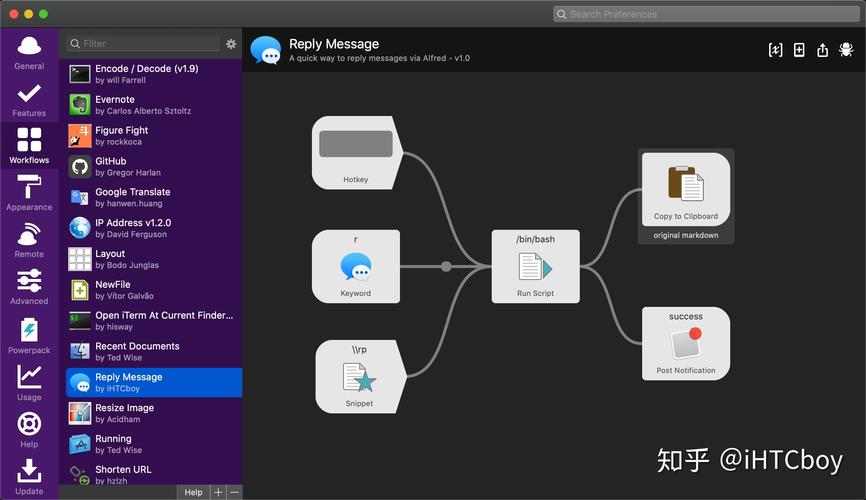
2、Security Settings:
User Accounts: Manages user accounts, passwords, and authentication methods.
Firewall: Configures the firewall to block unauthorized access to the device.
Antivirus and Malware Protection: Installs and updates antivirus software to protect against malware.
Encryption: Enables encryption for sensitive data stored on the device.
Privacy Settings: Controls access to personal data and location services.
3、Performance Settings:
Startup Programs: Manages which programs start automatically when the device boots up.

Resource Allocation: Allocates CPU, memory, and storage resources to different processes and applications.
Graphics Settings: Adjusts graphics settings for gaming or other graphics-intensive applications.
Virtual Memory: Configures the size and location of the virtual memory paging file.
4、Storage Settings:
Disk Management: Partitions and formats hard drives and SSDs.
File System: Chooses the file system (e.g., NTFS, FAT32) used to store files on the disk.
Defragmentation: Defragments the hard drive to improve performance.
Backup and Restore: Sets up backup schedules and restore points for data recovery.
5、Software Settings:
Application Settings: Customizes the behavior and appearance of individual applications.
Update Settings: Manages software updates and patches for the operating system and installed applications.
Compatibility Mode: Runs older software on newer versions of the operating system.
Remote Desktop: Enables remote access to the device from another computer or mobile device.
6、Hardware Settings:
Device Manager: Lists all hardware devices connected to the computer and allows you to update drivers or troubleshoot issues.
BIOS/UEFI Settings: Accesses the basic input/output system or unified extensible firmware interface to change hardware configuration settings during boot-up.
Peripheral Settings: Configures settings for connected peripherals such as printers, scanners, and external displays.
These are just some examples of the many system settings available on a typical device or software application. The specific options and features will vary depending on the operating system, device type, and software being used.





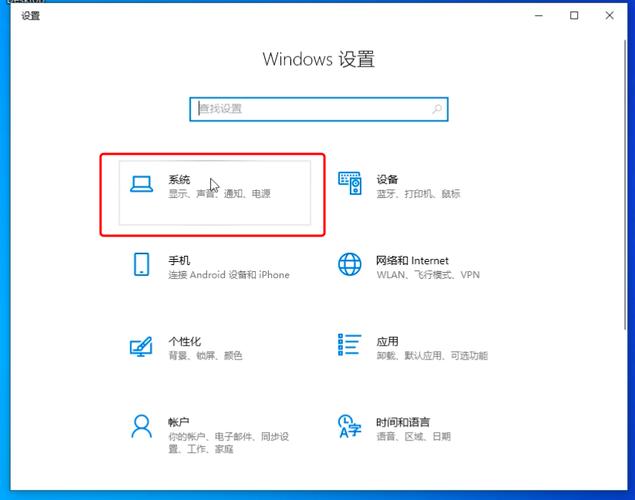
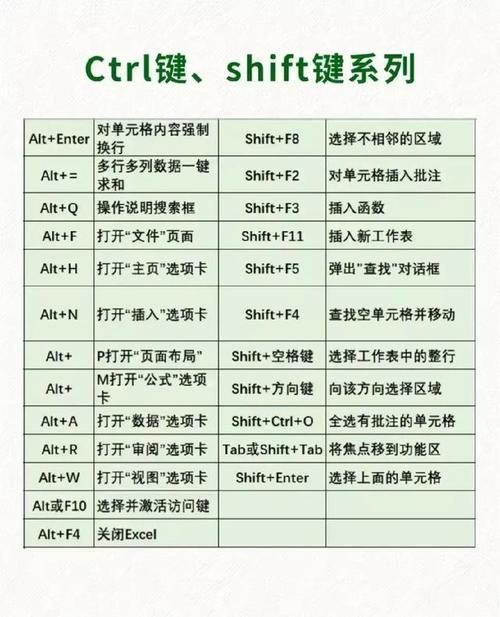
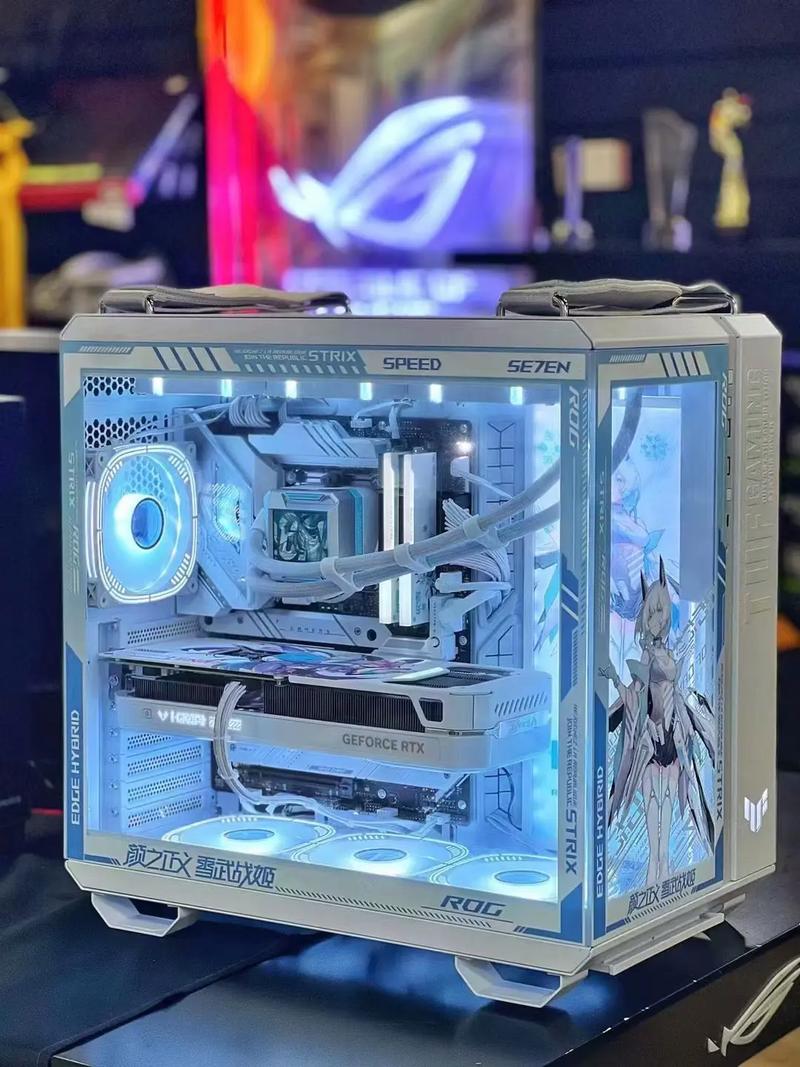
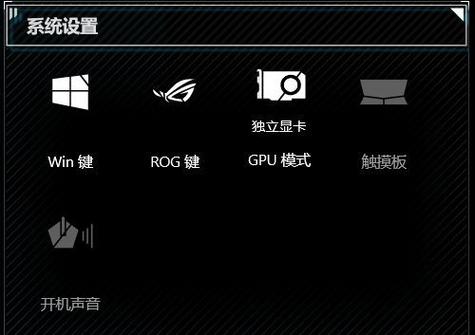
评论列表 (0)